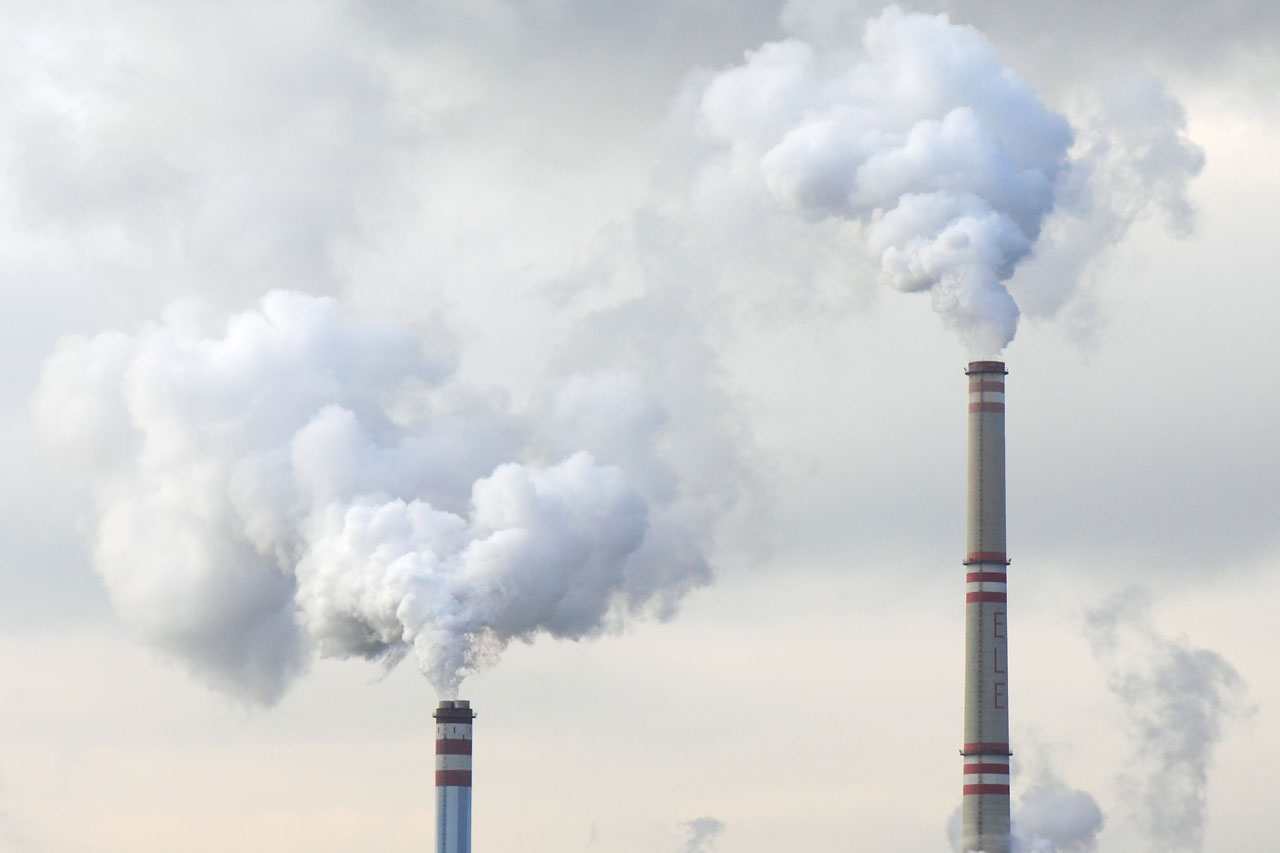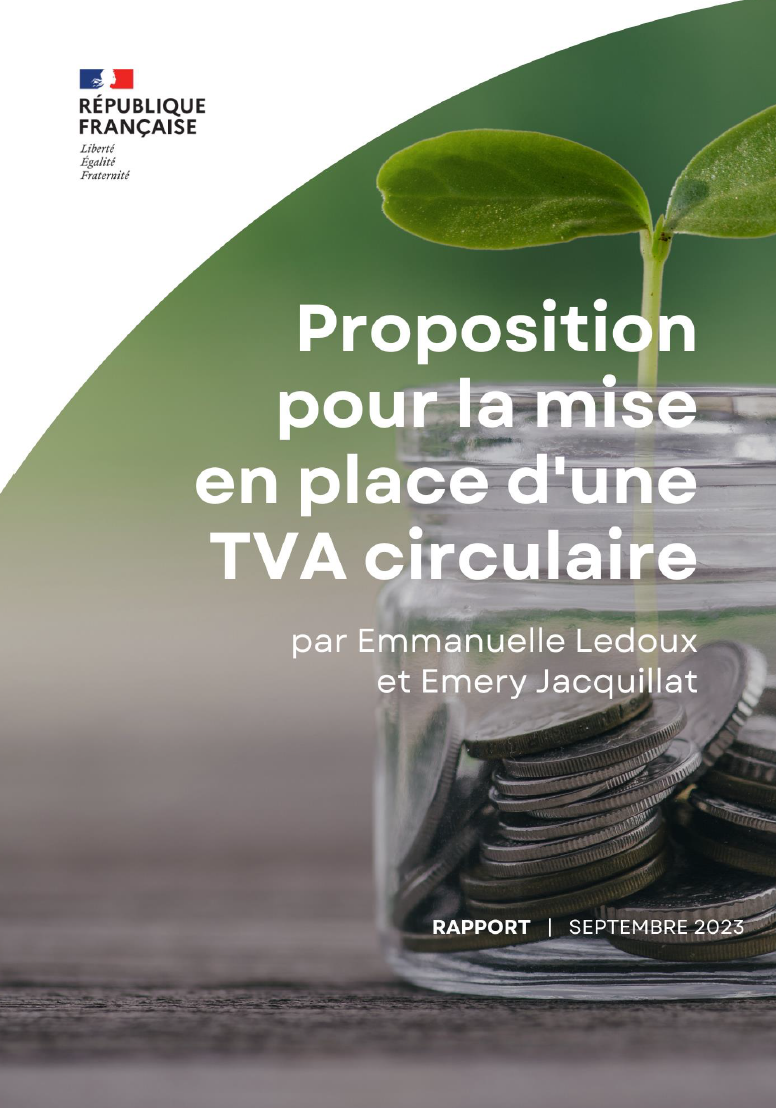About the Authors

Raphael Abiry
Raphael Abiry is a Postdoctoral Researcher at Goethe University Frankfurt, where he received his PhD in 2021. He held prior positions at the European Central Bank and the Leibniz Centre for European Economic Research (ZEW). He studies the effects of demographic change on growth and interest rates, the output effects of social security systems, and the climate change mitigating effects of green monetary policy.

Marien Ferdinandusse
Marien Ferdinandusse works as lead economist in the Fiscal Policies Division of the European Central Bank. After finishing his studies at the Free University of Amsterdam, he previously worked at the Dutch central bank until 2008.

Alexander Ludwig
Alexander Ludwig is professor of economics at Goethe University Frankfurt, executive board member at ICIR, research professor at Universitat Autònoma de Barcelona, and research fellow at CEPR. His research interests are in macroeconomics and public finance with special interests in demographic economics, social insurance and climate change.

Carolin Nerlich
Carolin Nerlich is Senior Lead Economist in the European Central Bank's climate change centre. Prior to this, she held various positions within the bank, including at the Fiscal Policies Division. She was several years secretary to the ESCB Working Group on Public Finance. Before joining the European Central Bank, she worked at Deutsche Bundesbank and Deutsche Bank Research. She was visiting fellow at the Petersen Institute for International Economics. She holds a PhD in Economics from University of Cologne and a Master in Economics from University of Kiel. Her research interests include climate change, fiscal policy, demographics and international macroeconomics.
In our research, we examine whether central banks ‑ a monetary authority ‑ can effectively contribute to a mitigation of global warming through green quantitative easing (QE), i.e., through a shift of asset holdings towards the green sector of the economy. We further investigate the effectiveness of this policy in combination with a global carbon tax ‑ set by a fiscal authority.
In our setup, green QE refers to a change in the portfolio allocation of an outstanding stock of bonds held by the monetary authority, which is directed towards bonds issued by the green sector over those issued by the brown (CO2-emitting) sector.
To answer our question on the effectiveness of green QE, we develop a quantitative integrated assessment model with green and brown capital.[1] Aggregate output is produced employing intermediate goods that are in turn produced in the dirty (brown) sector and in the clean (green) sector. Intermediate goods production takes place using capital, labor and energy as inputs, with the brown sector using dirty (carbon-based) energy and the green sector using other (clean) energy. Markets do not take future climate damage into account, which thus constitutes a negative production externality, and therefore the market solution relies too much on the brown sector for the production of intermediate goods.
Capital and labor are supplied to intermediate firms by households, which allocate their savings between bonds issued by the two intermediate sectors. The return on capital employed by firms is stochastic, which presents an income risk for the households. This feature is of central importance as it realistically implies that, in response to the portfolio allocation decision by the monetary authority private households will not perfectly reallocate their portfolios towards brown assets and thus the portfolio reallocation decision by the monetary authority is not neutralized by private household reactions.
According to our model, without policy intervention, the global temperature increases by 3.5 degree Celsius above pre-industrial levels by 2100. This is in line with IPCC scenarios of climate change and well above the Paris agreement targets to mitigate global warming.
Next, we simulate three policy experiments. First, we model the effects of a global carbon tax, which increases the price of dirty energy. Second, we consider the contribution of green QE, were the monetary authority changes the composition of its private asset portfolio to only green bonds. Finally, we consider both policies in combination. Since our model is calibrated to the world, as global warming knows no border, these simulated fiscal and monetary policies would require cooperation across countries, which we do not model explicitly.
The initial carbon tax is 50 US dollars per ton of carbon in 2021 (equivalent to 13.6 USD per ton of CO2). We hold the implied tax rate constant along the transition and find that the global temperature increase could be reduced by 0.1 degrees of Celsius, compared to the baseline. This carbon tax is at the low end of many policy proposals to meet the Paris agreement, and chosen to facilitate the comparison with green QE.[2] Green QE is modeled as a stylized scenario where the monetary authority’s private capital portfolio, which is initially proportionally split across both sectors, is reallocated to clean capital only. This additional supply of clean capital reduces its return, but since clean and brown capital are assumed not to be perfectly correlated, households will find it optimal to only partially reallocate their savings to brown capital. As a net effect, the capital stock employed for production in the clean sector will increase relative to the capital stock in the dirty sector, which triggers a relative expansion of its output. The monetary authority can thus influence the relative production across the two sectors in the economy through the allocation of its asset portfolio.
Our green QE simulation is set up to investigate its maximum possible effect. We assume a complete and immediate switch to green bonds, no uncertainty about the classification of green and brown bonds and the share of private assets held by the monetary authority is calibrated to 10 percent of GDP by including asset backed securities as well as commercial bonds. Despite this calibration tailored to achieve the maximum possible effect, the impact of green QE is rather modest compared to a carbon tax of initially (only) 13.6 USD per ton of CO2. We find that the emission reduction through this carbon tax is about 4-times larger than the maximum reduction that could be achieved through the ambitiously calibrated green QE policy. Put differently, to achieve the same effect this maximum reduction through green QE, we would require a carbon tax of only about 3 USD per ton of CO2.
When combining both policies, we find that green QE complements fiscal policy, i.e., green QE on top of a carbon tax will induce an additional reduction of the increase of global temperature. However, the whole is less than the sum of its parts: the marginal effect of the two policies in combination is lower than in isolation. Within the brown sector, a carbon tax increases the production costs of energy relative to the costs of capital and labor, which triggers a less energy intensive production. Green QE increases the costs of brown capital, which partially leads to a more energy intensive production. Thus, both policies partially counteract each other.
We conclude that green QE may be an effective complementary policy instrument, in particular if governments around the world fail to coordinate on introducing a sizeable carbon tax or equivalent carbon pricing through other fiscal policies.
[1] An integrated assessment model combines a macroeconomic perspective with the possible damages of climate change modelled as future output losses due to an increasing temperature caused by the build-up of carbon emissions.
[2] In our model, an equivalent fiscal policy would be to set a carbon price through an emission trading scheme.






